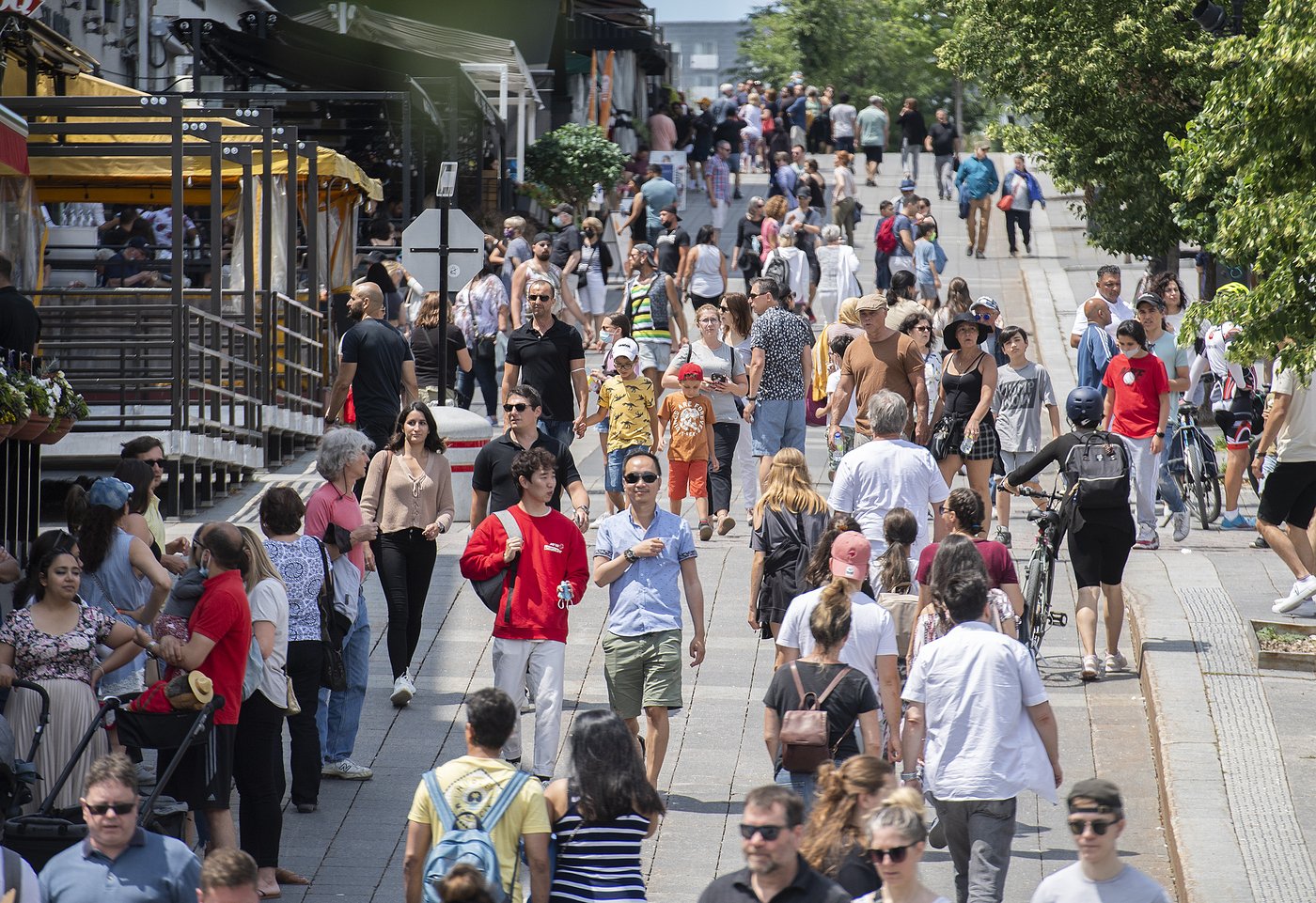Chris-CJ
Well-known member
From the Globe and Mail and C D Howe institute.
The number of temporary residents in Canada swelled to 2.8 million in the first quarter, underscoring the challenge facing a federal government that is looking to restrict migration to the country.
Temporary residents – a group that includes international students, people here on work permits and asylum claimants – now comprise 6.8 per cent of the total population, up from 3.5 per cent two years ago, Statistics Canada reported on Wednesday.
Over all, the population grew by roughly 243,000 or 0.6 per cent during the first quarter, bringing the total to more than 41 million.
Now, the federal government is trying to curtail migration. In March, Ottawa announced that it would reduce temporary residents to 5 per cent of the total population over the next three years, setting targets on this group for the first time. The plans will be outlined in the fall, alongside the usual targets for permanent resident admissions.
The federal government is sharply reducing the number of study visas that it approves this year, and a cap will be set for 2025 as well. Ottawa is also limiting work visas for spouses of international students, among other changes focused on higher education.
Canada has increasingly moved to a two-step immigration system, wherein people first work or study on temporary permits, then seek permanent residency. This TR-to-PR transition is one way in which the federal government can reduce the pool of temporary residents. Ottawa is targeting the admission of 485,000 permanent residents this year, which rises to 500,000 annually in 2025 and 2026.
 This other part of the policy (down below)is often open to 'circumvention' by declarations of "need" that manipulate the numbers. I know of several citizens that have lost jobs to the "outsourced".
This other part of the policy (down below)is often open to 'circumvention' by declarations of "need" that manipulate the numbers. I know of several citizens that have lost jobs to the "outsourced".
The federal government has made it easier for Canadian companies to hire foreign workers in various ways. For example, employers in most industries can now hire up to 20 per cent of their staff through the low-wage stream of the Temporary Foreign Worker Program, up from a previous 10-per-cent cap.
The number of temporary residents in Canada swelled to 2.8 million in the first quarter, underscoring the challenge facing a federal government that is looking to restrict migration to the country.
Temporary residents – a group that includes international students, people here on work permits and asylum claimants – now comprise 6.8 per cent of the total population, up from 3.5 per cent two years ago, Statistics Canada reported on Wednesday.
Over all, the population grew by roughly 243,000 or 0.6 per cent during the first quarter, bringing the total to more than 41 million.
Now, the federal government is trying to curtail migration. In March, Ottawa announced that it would reduce temporary residents to 5 per cent of the total population over the next three years, setting targets on this group for the first time. The plans will be outlined in the fall, alongside the usual targets for permanent resident admissions.
The federal government is sharply reducing the number of study visas that it approves this year, and a cap will be set for 2025 as well. Ottawa is also limiting work visas for spouses of international students, among other changes focused on higher education.
Canada has increasingly moved to a two-step immigration system, wherein people first work or study on temporary permits, then seek permanent residency. This TR-to-PR transition is one way in which the federal government can reduce the pool of temporary residents. Ottawa is targeting the admission of 485,000 permanent residents this year, which rises to 500,000 annually in 2025 and 2026.
 This other part of the policy (down below)is often open to 'circumvention' by declarations of "need" that manipulate the numbers. I know of several citizens that have lost jobs to the "outsourced".
This other part of the policy (down below)is often open to 'circumvention' by declarations of "need" that manipulate the numbers. I know of several citizens that have lost jobs to the "outsourced".
The federal government has made it easier for Canadian companies to hire foreign workers in various ways. For example, employers in most industries can now hire up to 20 per cent of their staff through the low-wage stream of the Temporary Foreign Worker Program, up from a previous 10-per-cent cap.





















